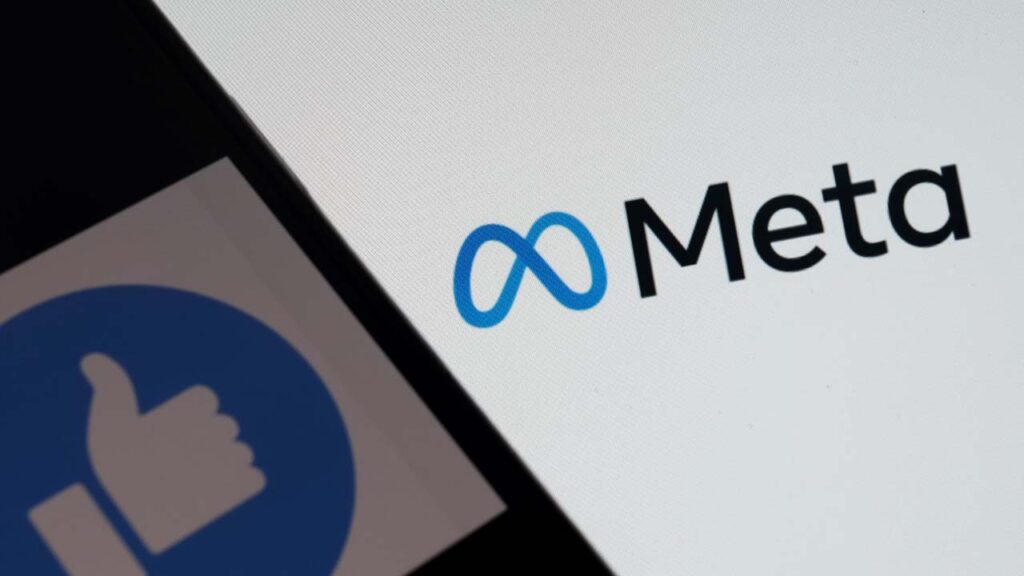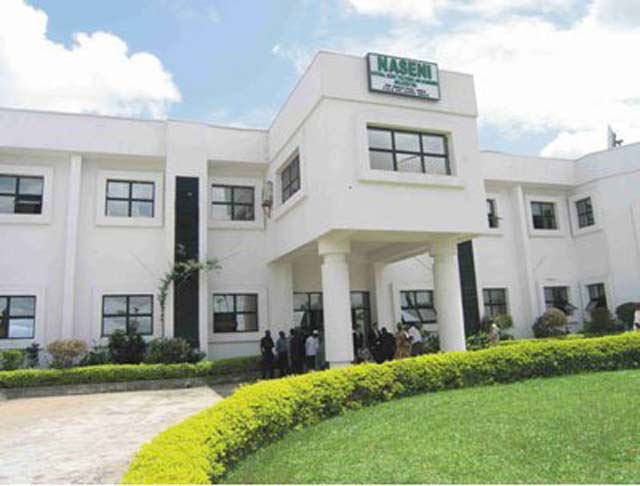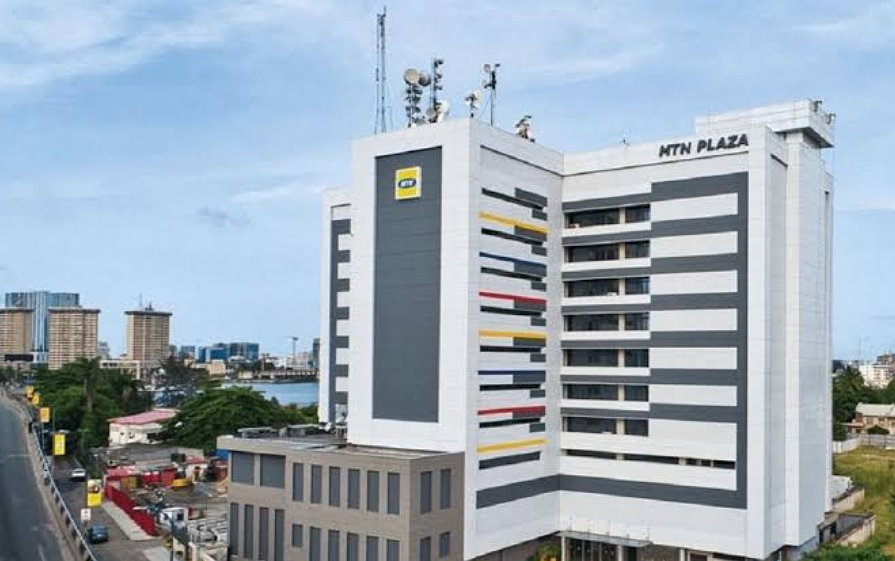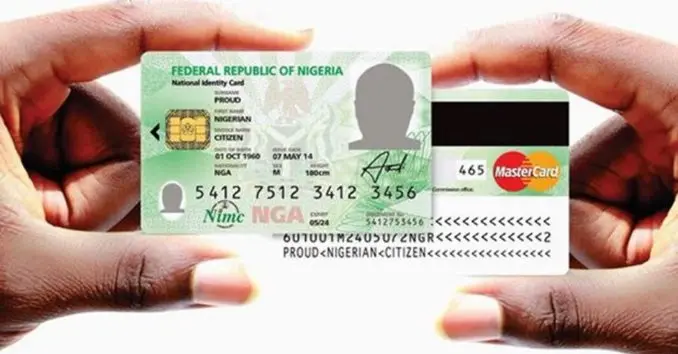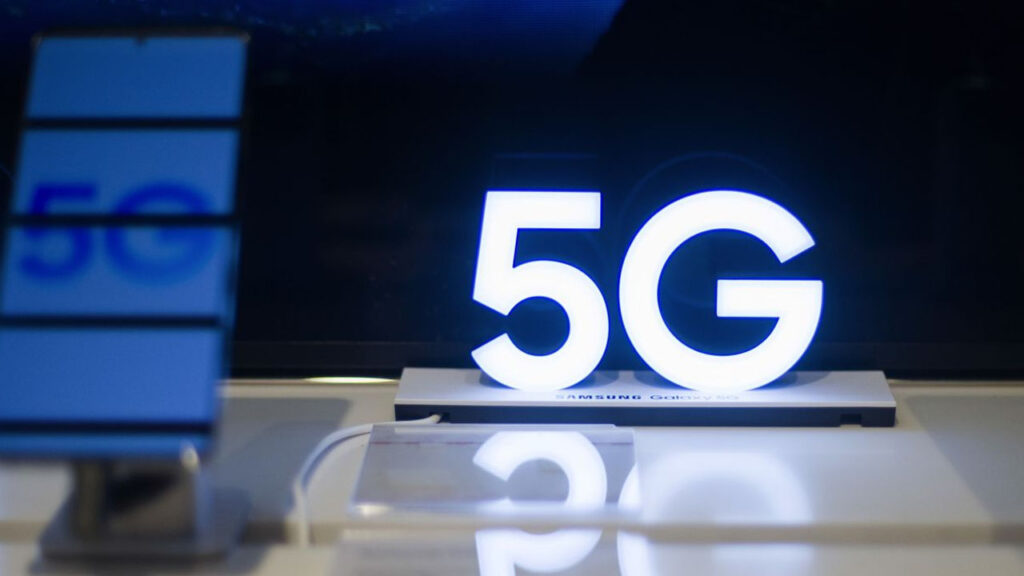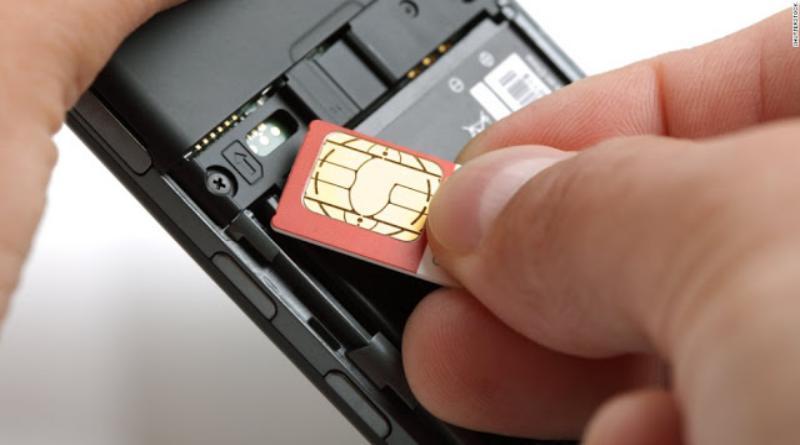
In this report, ADEYEMI ADEPETUN writes that realisation of MVNO in Nigeria would be a great deal for the sector and the economy this year.
Year 2023 is expected to further stretch fortunes of the over $75 billion telecommunications sector, which today, has remained the major pillar of the Nigerian economy going by its significant contributions to the country’s Gross Domestic Product (GDP).
The telecoms sector contributedN4.84 trillion to the nation’s real GDP in the first two quarters of 2022 as revealed by data from the National Bureau of Statistics (NBS).
The figure was 10.76 per cent increase fromN4.37 trillion the sector contributed to the GDP in the corresponding period of 2021. In terms of nominal GDP, the sector contributed N7.94 trillion in the first two quarters of 2022.
As of November 2022, telecoms operators, largely the quartet of MTN, Globacom, Airtel and 9mobile, had connected 321million telephone lines, of which 218 million have been active. Internet subscriptions via the narrowband stood at 152.3 million, while broadband was 46.2 per cent deep in the country with some 88.2 million Nigerians enjoying the facility.
Except for Globacom and 9mobile, other service providers including MTN, Airtel and new entrant Mafab now have 5G licences. They have added over $828 million to the coffers of the Federal Government in the last few months. MTN has connected over 81 cities in Lagos, currently connecting Abuja, Port Harcourt, Ibadan, Kano, Owerri, and Maiduguri.
While Airtel is yet to come out with its roadmap on 5G deployment, information has it that Mafab has started test running and hoped to use existing infrastructure from IHS towers and the rest.
Indeed, telecoms subscribers appear to be in for the best this year if things work as it should be for the industry. Apart from the revolution 5G technology brings, the coming of Elon Musk’s Starlink into the satellite broadband space, though expensive, is another pointer of what the industry is bringing this year.
Findings by The Guardian showed that investors are anxious about the commencement of the mobile virtual network operator (MVNO) service in the country by the Nigerian Communications Commission (NCC). Analysts opined that its commencement in Nigeria would be another major development expected to further deepen the sector.
If experiences count, especially from developed countries, the MVNO initiative has the capacity to help Nigeria further bridge the access gaps in the country. Existing data from the Nigerian NCC showed that there are still 114 access gaps with some 25 million people still without basic telephony service. But the MVNO initiative coupled with other innovations, the gap is expected to be bridged significantly.
What is MVNO?
A mobile virtual network operator (MVNO) is defined as a wireless communication service provider that resells mobile network services bought at wholesale prices from mobile network operators (MNO), such as MTN, Globacom, 9mobile, and Airtel for discounted amounts to end users and customers. MVNOs carry out sales and marketing services but lack the network and core infrastructure to deliver network services; therefore, MVNOs depend on the host MNO to provide this.
According to the Draft Licence Framework, an MVNO is a licensed entity permitted to provide virtual network services, which include all network provisioning. The major difference between an MVNO and an MNO is that the MVNO does not have ownership of the spectrum elements, irrespective of its model of operation. Therefore, the MVNO depends largely on the infrastructure of a fully licensed mobile telecommunication service provider.
Genesis of MVNO
FINDINGS by The Guardian showed that globally, MVNOs’ agreements with network operators dated back to the 1990s, when the European telecoms market saw market liberalisation, new regulatory frameworks, better 2Gnetwork technology, and a subsequent jump in wireless subscriber numbers with the innovation. However, in Nigeria, on August 11, 2022, the NCC notified the public that it would be issuing the MVNO License, which it said would improve the telecommunication output of the country, enable the expansion and availability of quality mobile coverage, and close the gap to the unserved/underserved Nigerian population.
In furtherance of this, the NCC issued the Draft License Framework for the Establishment of Mobile Virtual Network Operators in Nigeria. The Draft License Framework regulates the operation of MVNOs in Nigeria; delimits the market players, their functions and responsibilities; provides the structure and types of MVNOs, and sets out the services each of the tiers is entitled to provide.
Further, there are provisions addressing the licensing obligations of potential MVNOs, the fee, tenure, renewal and circumstances that may result in revocation or suspension of the license.
A major priority of the Commission as reflected in the draft is the provision of mobile network services to regions of the country where customers are unserved or underserved. The NCC anticipated that MVNOs will play an important role in connecting and bringing access to mobile services to these regions. Accordingly, MVNOs that intend to provide services in these areas enjoy subsidised requirements.
Global operations and market worth
ACCORDING to Fortune Business Insights, the global MVNO market size is projected to rise from $67.54 billion in 2020 to $123.40billion in 2028, at a CAGR of 7.9 per cent during the forecast period,2021-2028.
As of June 2014, 943 MVNOs and 255 MNO sub-brands were active worldwide. This represents a total of almost 1,200mobile service providers worldwide hosted by MNOs, up from 1,036 in 2012.
Accordingly, GSMA Intelligence noted that between June 2010 and June 2015, the number of MVNOs worldwide increased by 70per cent, reaching 1,017 in June 2015.
As of December 2018, there were 1,300 active MVNOs operating in 79 countries, representing more than 220 million mobile connections—approximately 2.46 percent of the total 8.9 billion mobile connections in the world. The eight countries with the largest number of active MVNOs are the US with 139 MVNOs (4.7 per cent market share), Germany with 135 (19.5 per cent), Japan 83 (10.6per cent), UK 77 (15.9 per cent), Australia 66 (13.1 per cent), Spain 63 (11.5per cent), France 53 (11.2 per cent) and Denmark 49 (34.6 per cent).
In Africa, Uganda has registered three MVNOs so far, some having their own network infrastructure within major cities, but acting as an MVNO out of these cities.
In 2015, one of the ‘big five’ banks in South Africa, FNB, created an MVNO named FNB Connect providing voice, SMS and data services. As of December 31, 2019, FNB Connect had around 670,000 subscribers . The service makes use of Cell C network infrastructure. The move came not necessarily to compete in the telecommunications market, but to offer a greater value to customers of the banking division. There have been several banks in South Africa making this move, like Standard Bank’s SB Mobile established in 2019.
According to analysts, MVNOs target both the consumer and enterprise markets. The majority of MVNOs are consumer-focused and most have a focus on price as their selling point; on average, customers of major carriers spend about 3.4 times as much on their service as MVNO customers.
Success Influencers
The success of MVNOs lies in so many things, according to WTL Wireless Technology Lab. These include, having a clear aim of the MVNO business and exit plan; identifying the target customer base and build acquisition strategy around it; create the products and services that are transparent and easy to understand; cultivate relationship with MNOs and negotiate right contracts with all partners; have a rural connectivity strategy to acquire captive customers.
In terms of innovation, WTL observed that MVNOs success is always in how innovative and forward looking they are and provision of M2M and low cost roaming services.
According to the firm, corporate solutions like VPNs, IoT Network slicing can be MVNO revenue streams and can help to increase Average Revenue Per Users. It stressed that an MVNO has a real opportunity to improve lives and societies by opening up the benefits of mobile service to lower income families and smaller companies so that they can contribute to local economies.
Where is Nigeria on the MVNO map?
The Guardian learnt that the NCC is on the final lap on the development of MVNO framework. In fact, it was learnt that the framework is currently awaiting final approval of the board through the EVC office.
Though, the commission had disclosed in November 2022 in Lagos that the licensing will be finalised late last year, which will see license operators’ commenced service immediately, but it never came to pass.
However, as the industry and investors await board decision, it was learnt that the commission was reviewing the draft framework again to ensure the final draft conforms to global standards and leave no gap after release.
Indeed, at the Telecommunications Sector Sustainability Forum (TSSF) 2.0 conference on MVNO, organised by Business Remarks, in November, NCC said the MVNO would start before the year 2022 ended.
The Executive Vice Chairman of NCC, Prof. Umar Danbatta, said pursuit to the Nigerian Communications Act (NCA 2003),Licensing Regulation 2019, and other subsidiary regulations, the commission through the MVNO, would create an enabling environment where various players provide diverse services based on licenses, issued by the commission.
“In its drive to create an enabling environment, the Commission has introduced an MVNOs licence that will generate employment and bridge the gap between the unserved and the underserved in society. It will also further engender competition and provide choices for telecommunication consumers,” Danbatta explained.
The EVC disclosed that the MVNO license is a five tier classification that has distinctive services to be offered by the players in different tiers.
“Tier1 is a virtual operator, which relies totally on hosts facilities with restricted tariff control; Tier 2 is sample facilities operator, which owns intelligent network, and has loose tariff control; Tier 3 is care facilities operator which can negotiate interconnect agreements, has major tariff control; Tier 4 is a virtual aggregator/enabler, which performs aggregation and enabling but only operates in unserved regions and Tier 5 is the Unified Virtual Operator, which has freedom to operate in the whole segments/tiers,” he added.
Danbatta, who was represented by NCC’s Director of Licensing and Authorisation, Alhaji Muhammad Babajika, at the conference, said the Nigerian market is reported to have the demand for differentiated services with lots of gaps in several sectors, especially mobile to fixed market, M2M, B2B, rural networks.
While calling for more industry collaboration, the NCC EVC averred that the growing concern of over-the-top (OTT) players eating into operator’s ARPU offers prime opportunity for MVNOs to partner with these players therefore directing some revenue back to the MVNOs through wholesale agreements.
Most importantly, with the government’s use of a multi-tier system for licensing MVNOs, the EVC urged potential licensees to complete its wholesale agreements with an MNO, adding that the bouquet of services depicted in the framework attempts to capture the several and divers levels of MVNO operations as observed in other markets.
The convener of the forum and managing editor of Business Remarks, Bukola Olanrewaju, said MVNOs are of immense value to the mobile telecommunications industry as they provide services at an affordable rate to customers and work with MNOs, which own the telecommunication infrastructure.

